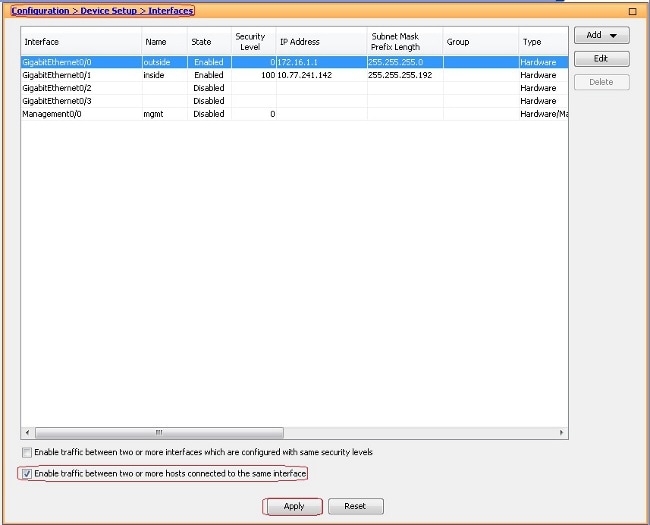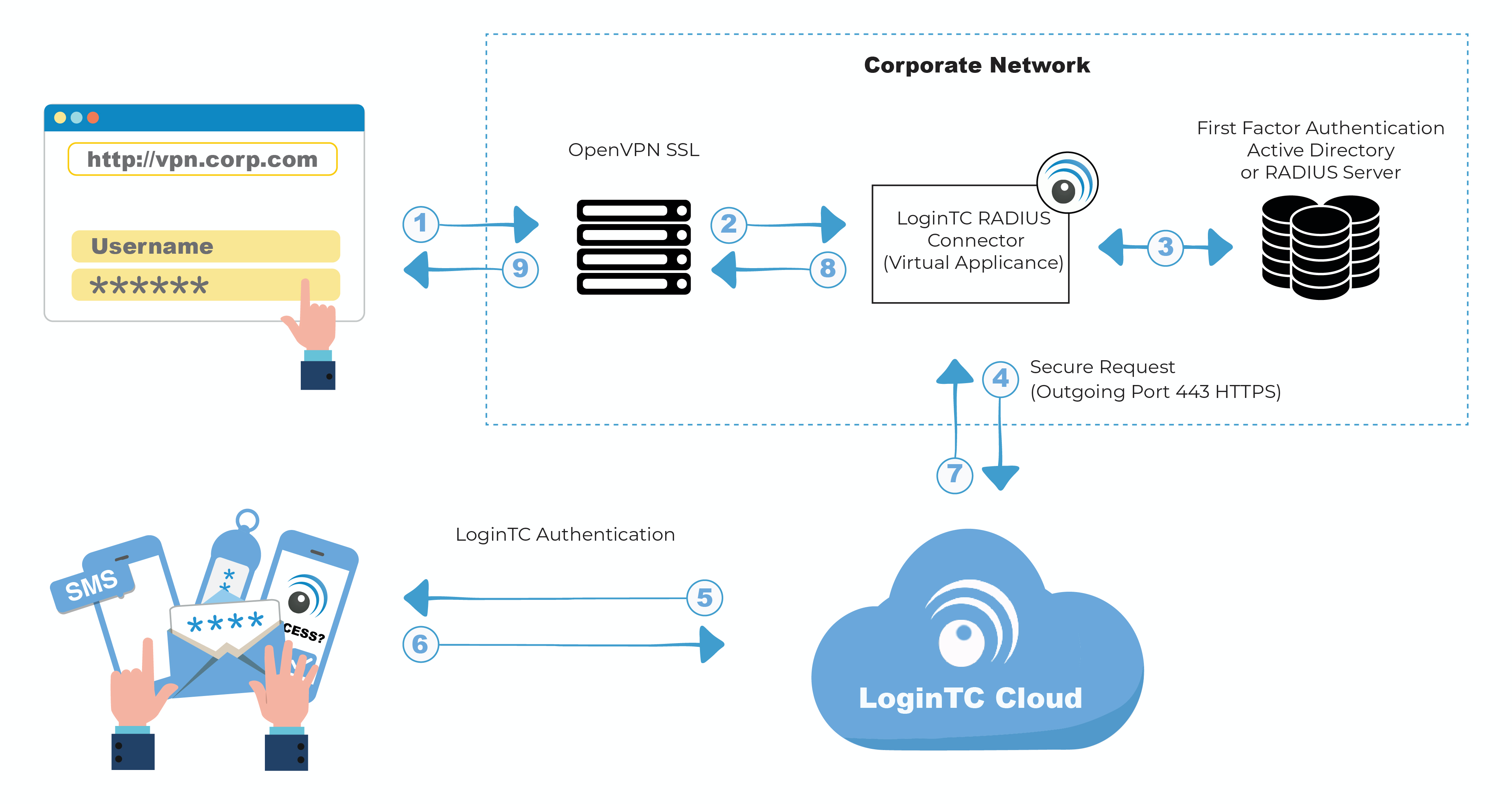Depending on how your company configured Duo authentication, you may or may not see a “Passcode” field when using the Cisco AnyConnect client. Gilson silent sifter.
- Cisco Anyconnect 4.5 Download
- Cisco Anyconnect Hardware Software
- Cisco Anyconnect Hardware Requirements
The Cisco AnyConnect Secure Mobility Client is a software application for connecting to a VPN that works on various operating systems and hardware configurations. This software application makes it possible for remote resources of another network become accessible as if the user is directly connected to his network, but in a secure way.
Cisco AnyConnect natively supports smartcard integrations. The VPN server (Cisco VPN ASA) sends a request that is signed with the user's private key and also includes the certificate on the YubiKey. The ASA service first checks to see if the certificate has been revoked by checking with the Certificate Revocation List (CRL) service or the. Just came across this recently and figured I'd share my discovery. When deploying a VPN solution using the Cisco AnyConnect Client over SSL, using JUST the SSL tunnel makes things painfully slow - in the neighborhood of 1-2 Mb per sec, even if bandwidth is adequate on both ends. Initially enabling hardware processing by using the crypto engine large-mod-accel command, which was introduced in ASA version 8.3(2), during a low-use or maintenance period will minimize a temporary packet loss that can occur during the transition of processing from software to hardware. For the Cisco ASA 5540 and ASA 5550 using SSL VPN. Main Features of Cisco AnyConnect Cisco AnyConnect is a modular software that combines IPSec IKEv2 and VPN access using SSL. It offers additional built-in models for web security, including Cisco Cloud Web Security and networking roaming protection (Cisco Umbrella). Here are the six major features that define Cisco AnyConnect.
Single Password with Automatic Push
If AnyConnect only prompts for a password, like so: Download club 3d b.v driver.
After you submit your login information, an authentication request is automatically sent to you via push to the Duo Mobile app or as a phone call. Drivers corega port devices.
Alternatively, you can add a comma (“,”) to the end of your password, followed by a Duo passcode or the name of a Duo factor. Here's how:
| Type.. | To.. |
|---|---|
| password,passcode | Log in using a passcode, either generated with Duo Mobile, sent via SMS, generated by your hardware token, or provided by an administrator. Examples: 'mypass123,123456' or 'mypass123,1456789' |
| password,push | Push a login request to your phone (if you have Duo Mobile installed and activated on your iOS, Android, or Windows Phone device). Just review the request and tap 'Approve' to log in. |
| password,phone | Authenticate via phone callback. |
| password,sms | Get a new batch of SMS passcodes. Your login attempt will fail — log in again with one of your new passcodes. |
You can also add a number to the end of these factor names if you have more than one device registered. For example, push2 will send a login request to your second phone, phone3 will call your third phone, etc.
Examples
To use Duo Push if your password is 'hunter2', type:

To use the passcode '123456' if your password is 'hunter2', type:

To send new SMS passcodes to your second phone if your password is 'hunter2', type:
The comma is Duo's default separator character between your password and the Duo factor. Your administrator may have changed this to a different character. Be sure to follow the instructions sent to you by your organization if they differ from what's shown here.
Second Password for Factor Selection

If AnyConnect shows a 'Second Password' input field (note that your AnyConnect administrator may have changed the 'Second Password' label to something else):
Use the 'Second Password' field to tell Duo how you want to authenticate. Here's how:
| Type.. | To.. |
|---|---|
| A passcode | Log in using a passcode, either generated with Duo Mobile, sent via SMS, generated by your hardware token, or provided by an administrator. Examples: '123456' or '1456789' |
| push | Push a login request to your phone (if you have Duo Mobile installed and activated on your iOS, Android, or Windows Phone device). Just review the request and tap 'Approve' to log in. |
| phone | Authenticate via phone callback. |
| sms | Get a new batch of SMS passcodes. Your login attempt will fail — log in again with one of your new passcodes. |
You can also add a number to the end of these factor names if you have more than one device registered. For example, push2 will send a login request to your second phone, phone3 will call your third phone, etc.
Cisco Anyconnect 4.5 Download
Examples
To send a Duo Push request to your primary phone, type:
Cisco Anyconnect Hardware Software
To send a Duo Push request to your secondary phone, type:
Cisco Anyconnect Hardware Requirements

To use the passcode '123456', type:
To send new SMS passcodes to your second phone, type:
